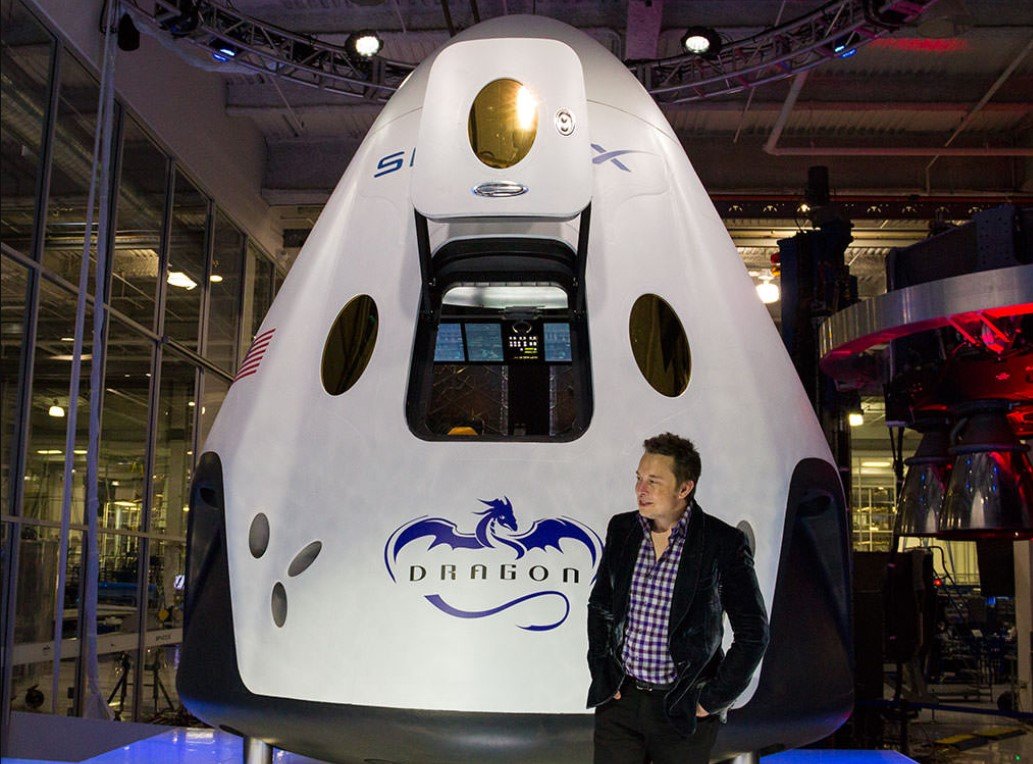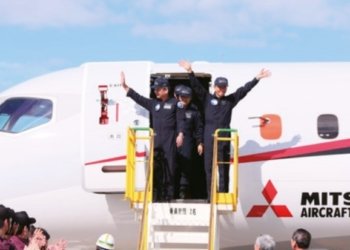In a significant milestone for space exploration, NASA has awarded SpaceX a single-award contract worth a potential $843 million. The purpose? To develop and deliver the U.S. Deorbit Vehicle (USDV), a critical component that will ensure the safe and responsible deorbit of the International Space Station (ISS) after its operational life ends in 2030.
The Mission: Safely Navigating the ISS Home
As the ISS continues its 24th year of crewed operations, NASA is preparing for the next phase. The agency aims to transition to commercially owned space destinations closer to Earth while maintaining safety and responsibility. The USDV will play a crucial role in this transition by providing the capability to deorbit the space station without risking populated areas.

The USDV: A Space Tug for Controlled Deorbit
While SpaceX will develop the USDV, NASA will take ownership after its development and operate it throughout its mission. The USDV is designed to guide the ISS into a controlled re-entry process, ensuring that it safely breaks up upon re-entering Earth’s atmosphere. This approach aligns with NASA’s commitment to responsible space exploration and continued scientific advancements.
Collaborative Efforts Across Space Agencies
Since 1998, five space agencies—CSA (Canadian Space Agency), ESA (European Space Agency), JAXA (Japan Aerospace Exploration Agency), NASA, and State Space Corporation Roscosmos—have operated the ISS. Each agency contributes to managing and controlling the hardware that keeps the station operational. The ISS exemplifies international collaboration, with the United States, Japan, Canada, and ESA committed to operating it through 2030, and Russia committed through at least 2028.
As we anticipate the USDV’s deployment, the ISS remains a blueprint for scientific research, exploration, and global partnerships. Its legacy will continue to inspire generations, even as we prepare for the next chapter in human spaceflight.




































